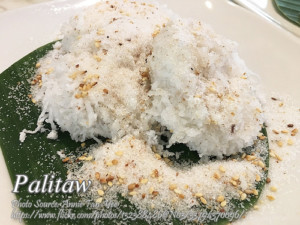Pesticides. Nature has what we call food chains. Plants produce food, then animals eat the plants. Larger animals make meals out of the creatures that munch on the plants, and in return they become the prey of still larger animals. Each step up the food than concentrates and stores chemical pesticides in the fatty tissues. For example: a small fish eats plankton (minute sea life): then a larger fish swallows it. The cow eats grass, and man devours the cow and the big fish.
The more steps in a food chain before the final eater, the more pesticides that have been passed along. The lower down the food than an organism eats, the better. And the safest way is to eat the plant that produced the food in the first place. Meat contains fourteen times and dairy products five and one half times more pesticides than do fruits, vegetables, grains and nuts.
“Foods of animal origin continue to be the major source of chlorinated organic pesticide residues in the diet. “–R. E. Duggan and G. Q. Lipscomb, “Dietary Intake of Pesticide Chemicals in the United States (II). June, 1966-April, 1966,” Pesticide Monitoring Journal, 1969, p. 162.
Antibiotics. Pesticides are not the only pollutants a meat eater must hazard. To day livestock raisers feed the animals natural and synthetic foods, including hormones, tranquilizers and antibiotics such as tetracycline, streptomycin, dihydrostreptomycin, sulfonamides and penicillin. Persons who eat the flesh of treated animals may take into their own bodies a diluted portion of the drugs. Unlike the meat and animal products, fruits, vegetables, grains and nuts do not contain antibiotics or other drugs.
Filth. In inspecting meat plants, the U.S. Government Auditing Office “found cow or pig carcasses contaminated with cockroaches, flies, rodents, livestock stomach contents, mouse droppings, rust or moisture.” -Jean Syder, Today’s Health, December, 1971, p. 39.
The Consumers Union (U.S.) tested 260 hamburger samples from various retailers for coliform bacteria. It judged that 73 percent of their samples had a coliform count too high to guarantee safety from mild illness. They also tested the samples for total bacteria count. Only 39 percent of the samples counted at less than 1 million bacteria per gram. CU’s consultants believe that counts of 1 million to 5 million may cause mild intestinal
distress.
Food Poisoning. Salmonella is the most common type of food poisoning, and scientists believe food animals constitute the main source of infection. As human beings handle the meat from the diseased animals, they transmit the bacteria to other meats and foods. Authorities recognize the basic problem is with the nature of the product itself. “Reluctantly. we are forced to recognize the infeasibility of eradicating salmonella at this time.”




